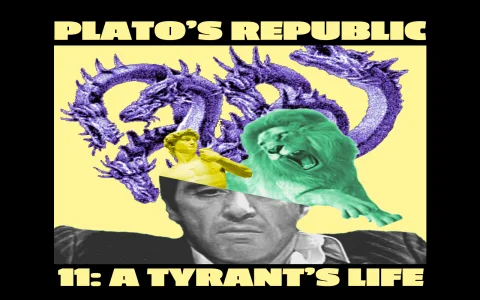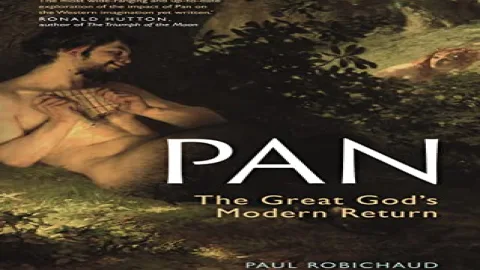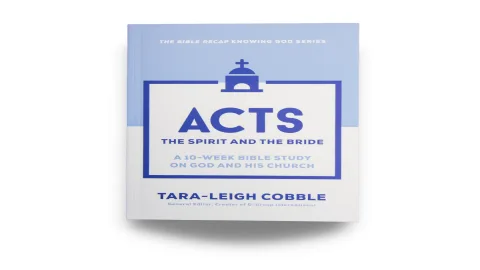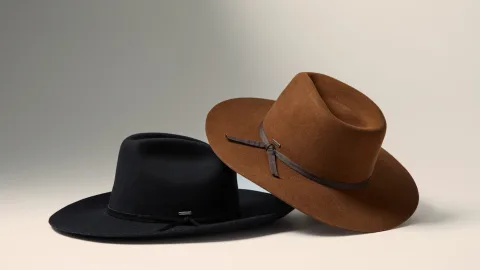Honestly, diving into what made the Cotton Club tick wasn’t some quick Google search. Everyone online just throws out “iconic jazz club” and “Harlem Renaissance,” but how did it actually feel back then? My project started there.
Hitting the Books (And Hitting Walls)
First, I tried grabbing the usual jazz history books. Pages of names – Duke Ellington, Cab Calloway, great, we know them. But why did musicians want to play there, even with the messed-up rules? Found the answer staring me in the face, almost missed it: pure exposure. This place had the best sound gear around, paid the musicians top dollar, and nationwide radio broadcasts. Forget local gigs; if you played the Cotton Club, America heard you. Boom. Career jumpstart. Simple as that. Felt like uncovering a basic cheat code everyone forgot.
The Weird Vibe Shift
This part twisted my brain. I’d see these gorgeous photos – glittering stage, singers dripping with glamour. Then I read the actual rules: performers Black, audience strictly white-only. Wild disconnect. It was designed to be this “exotic, thrilling jungle” fantasy… but only for the well-off white crowd peering in. Found old menu descriptions pushing the “Southern plantation” theme hard. They weren’t just selling music; they were selling a racist theme park version of Black culture. Hits different when you see the menus and ads next to the talent line-up.
Looking Past the Glitter
The fancy costumes and the high-kicking chorus lines (“Tall, Tan, and Terrific” – ugh)? Pure packaging. What really drew folks? Beyond the famous acts: the whole experience was slick as heck. Think top-shelf booze (legal issues be damned), legitimately beautiful dancers pulling off complex routines, and club owners who knew how to spin drama and luxury. It wasn’t just a bar with music; it was a full-blown, high-class escape. You stepped in and felt special. Found old accounts describing the buzz walking in – it wasn’t hype; they built it brick by brick.
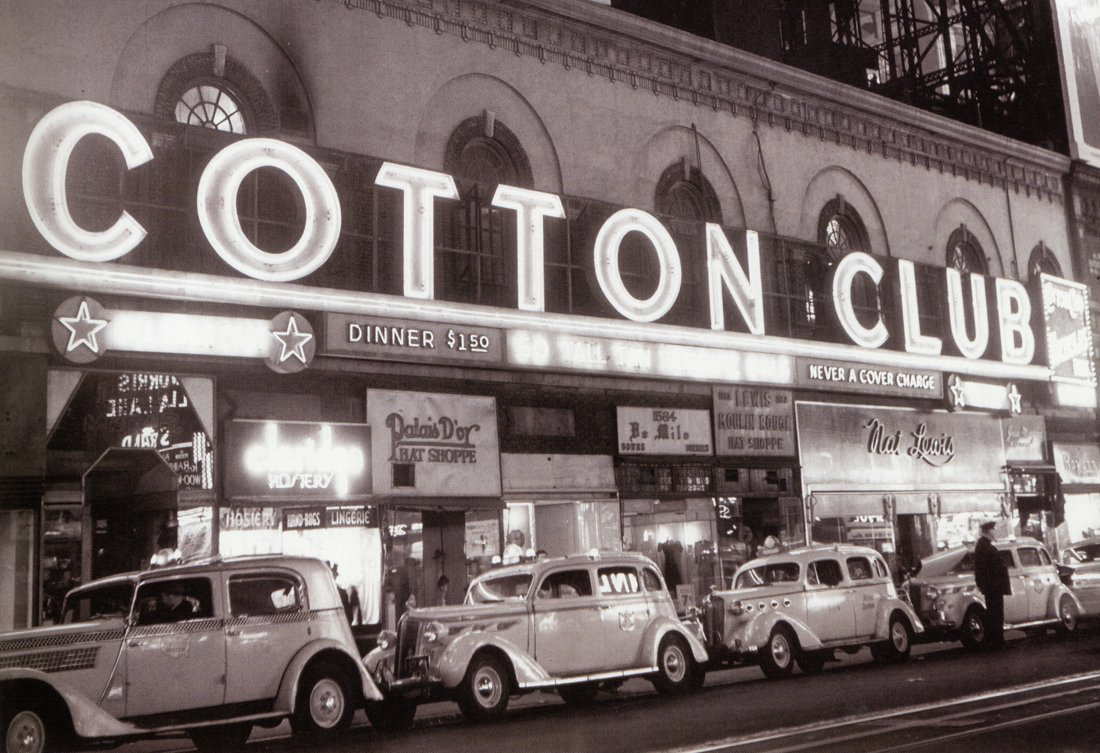
The Weird, Messy Legacy
So, putting it all together? The magic recipe was a messed-up cocktail:
- Top Talent Magnet: Threw insane money and airtime at performers. Musicians put up with the racism for the rocket fuel it gave their careers. Cold truth.
- Twisted Theater: Leaned hard into racist stereotypes packaged as “exotic” nightlife. Painful to research, but key to understanding the club’s appeal back then.
- Five-Star Vibe: Executed everything – drinks, decor, service, production values – with absolute precision. Made patrons feel like royalty stepping into an “adventure.”
Yeah, it launched stars. Yeah, the music was groundbreaking. But calling it just a blues hub feels weak. It was a deliberate fantasy land built on exploitation and delivered with unmatched style. Learned that digging beyond the “cool jazz history” surface is necessary; the truth is always messier, uglier, and weirder than the highlight reel.

